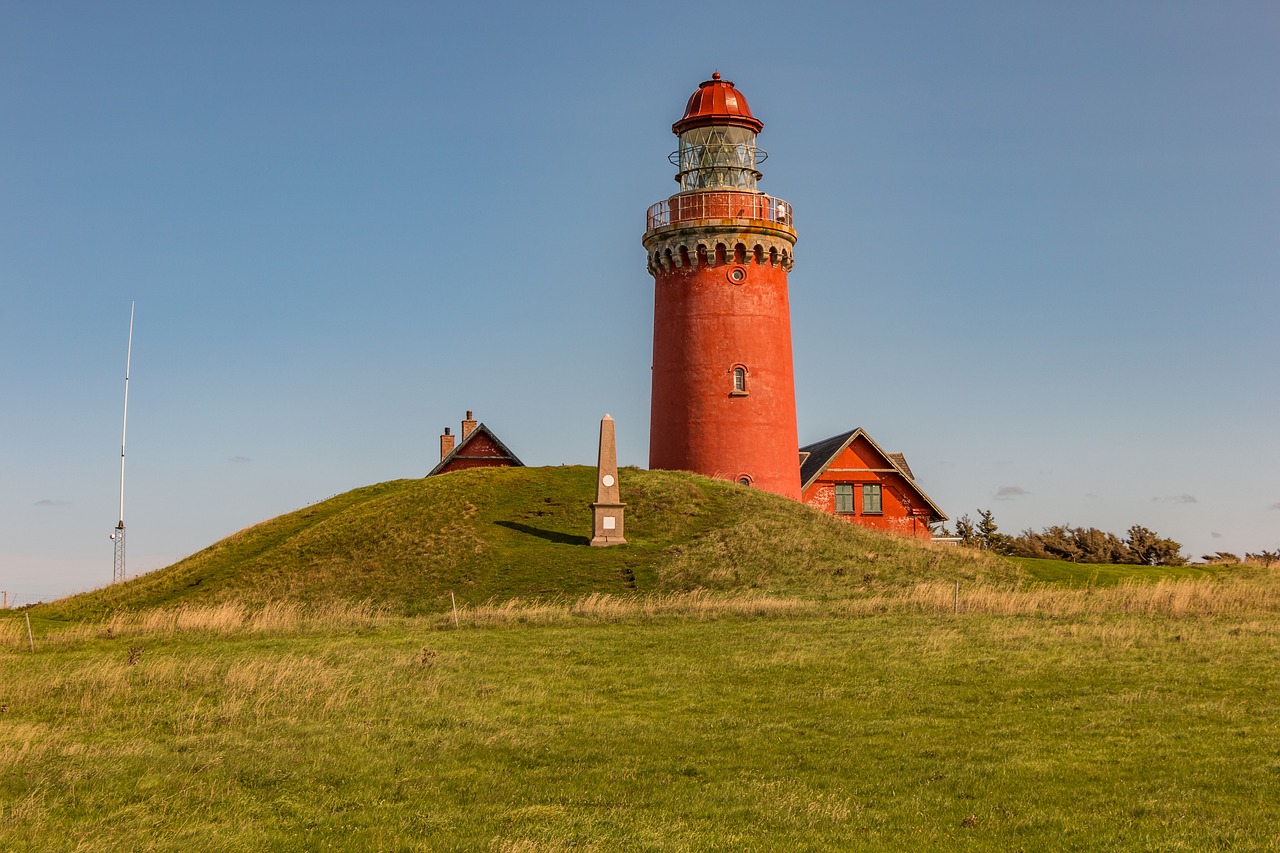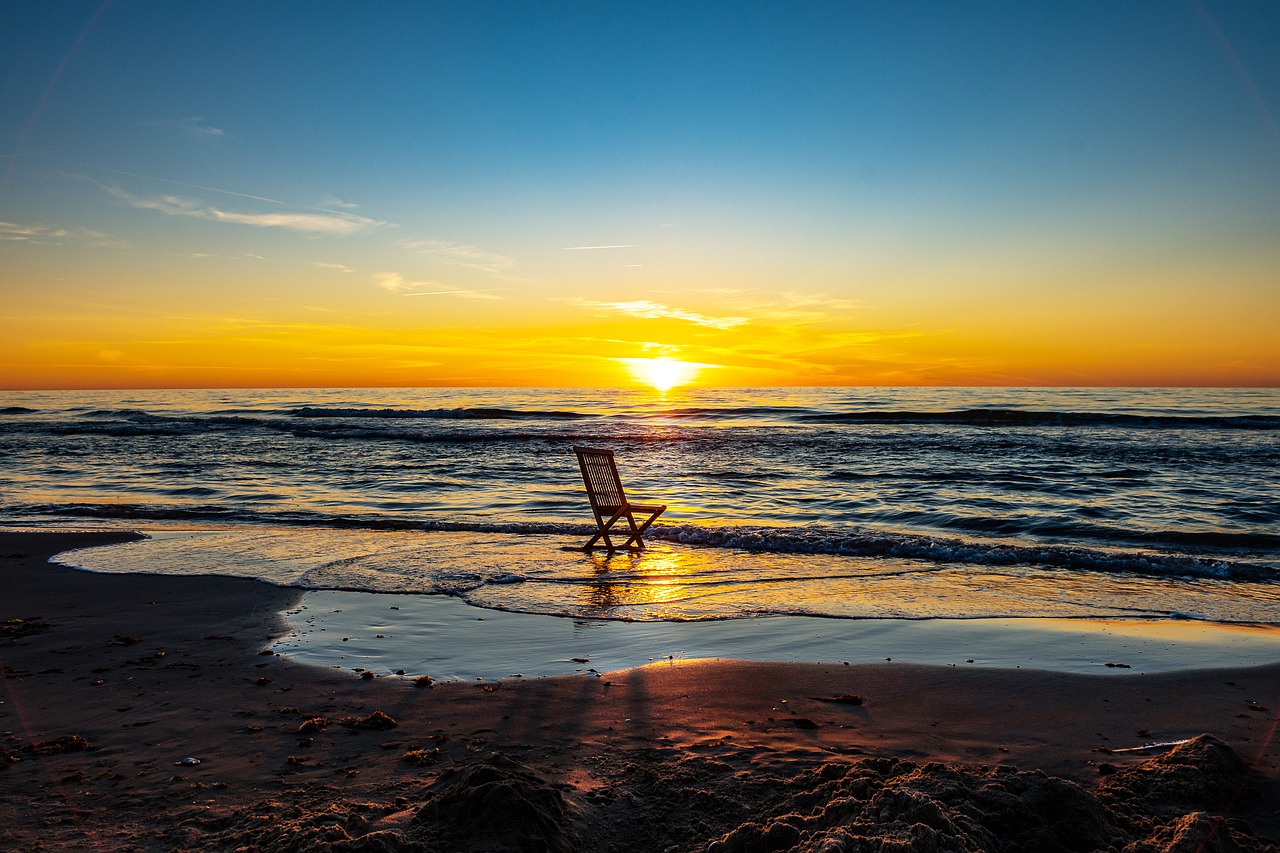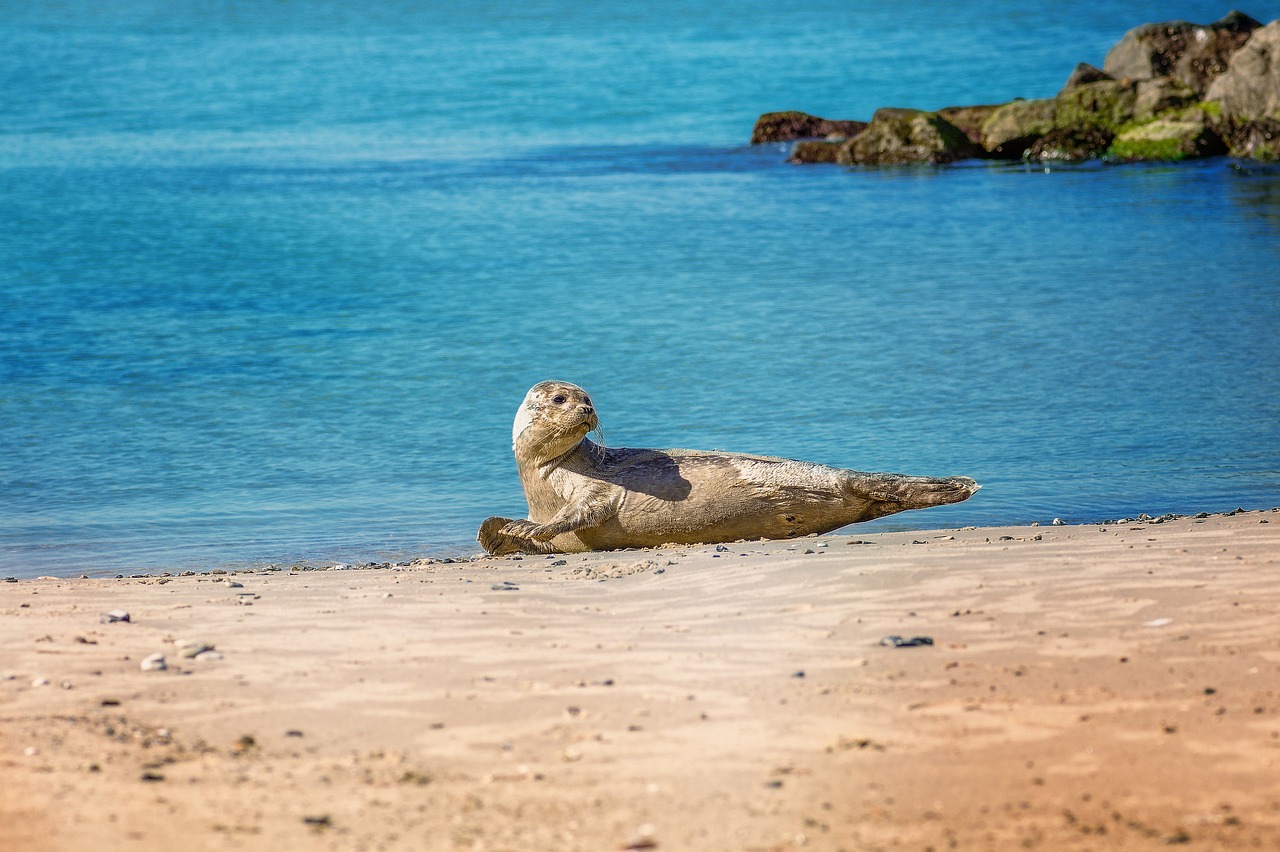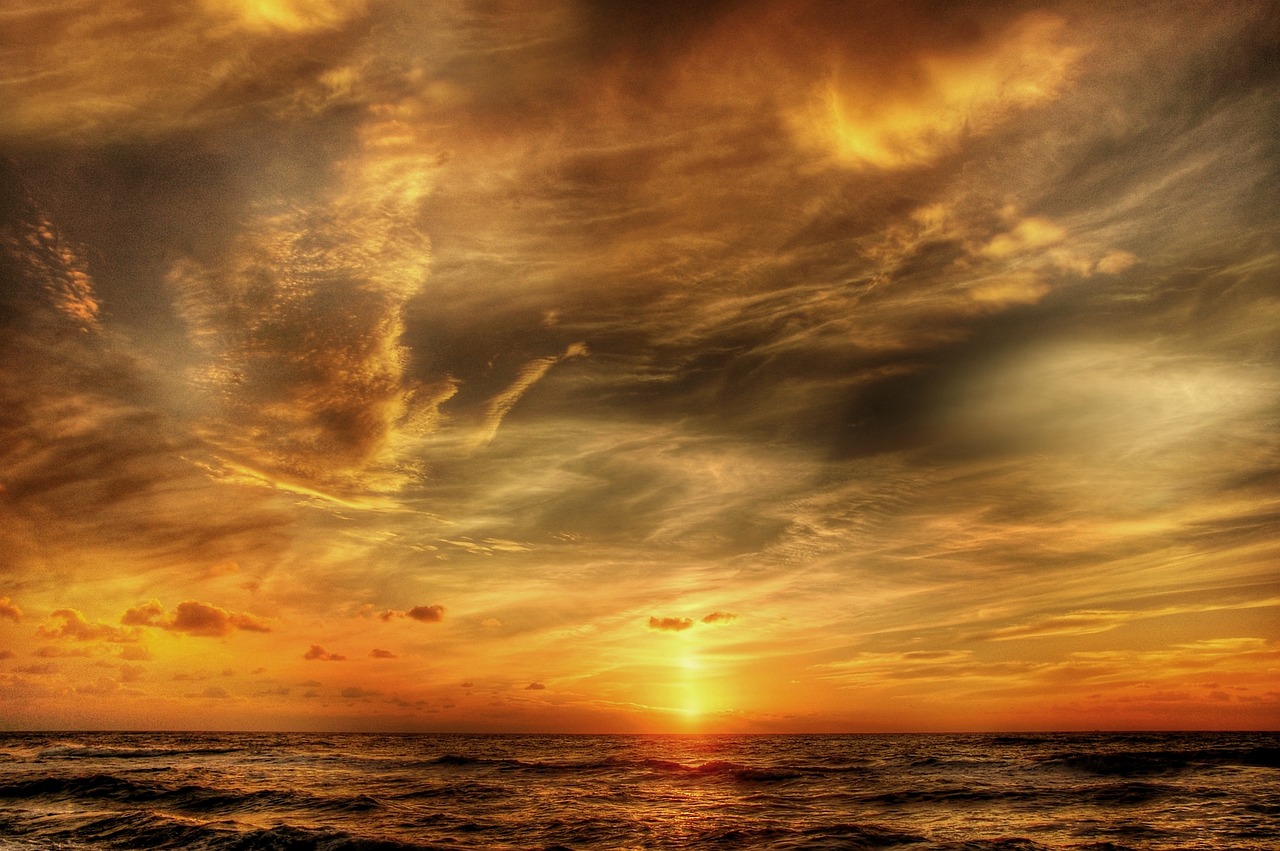Denmark Video
Getting Around: Transportation Tips for Denmark
Denmark is a beautiful country with a well-developed transportation system that makes it easy for visitors to explore its cities and countryside. Whether you’re planning to travel by public transportation or rent a car, this article will provide you with detailed information on the various transportation options available in Denmark. From trains and buses to bicycles and ferries, here are some essential tips to help you navigate the Danish transportation system.
Public Transportation
Public transportation in Denmark is efficient, reliable, and widely available. The main modes of public transportation include trains, buses, and metros. Here are some key points to keep in mind when using public transportation in Denmark:
- Tickets: Purchase tickets before boarding trains, buses, or metros. Tickets can be bought at ticket machines, online, or at ticket offices.
- Rejsekort: Consider getting a Rejsekort, a rechargeable travel card that can be used on trains, buses, and metros. It offers discounted fares and is convenient for frequent travelers.
- Zones: Denmark is divided into different transportation zones. Make sure to buy a ticket that covers the zones you plan to travel in.
- Schedules: Check the schedules for trains, buses, and metros in advance. They usually run on time, and it’s important to arrive at the station or stop a few minutes before departure.
- Accessibility: Public transportation in Denmark is generally accessible for people with disabilities, with ramps and designated spaces for wheelchair users.
Trains
Trains are a popular mode of transportation in Denmark, offering a comfortable and efficient way to travel between cities and towns. Here are some key points to know about trains in Denmark:
- DSB Trains: The national train operator in Denmark is DSB. They operate both regional and intercity trains.
- Ticket Types: DSB offers different ticket types, including single tickets, 24-hour tickets, and discounted tickets for children and seniors.
- Seat Reservations: Seat reservations are not mandatory on most trains in Denmark, but they are recommended for long-distance journeys and during peak travel times.
- Intercity Trains: Intercity trains connect major cities in Denmark, such as Copenhagen, Aarhus, and Odense. They offer comfortable seating and amenities like onboard Wi-Fi.
- Regional Trains: Regional trains are slower than intercity trains but provide convenient connections to smaller towns and attractions.
Buses
Buses are another popular mode of transportation in Denmark, especially for traveling within cities and to rural areas. Here’s what you need to know about buses in Denmark:
- City Buses: Cities like Copenhagen and Aarhus have extensive bus networks that cover the entire city. Buses are a convenient way to explore the city’s attractions and neighborhoods.
- Regional Buses: Regional buses connect smaller towns and rural areas in Denmark. They are a great way to reach destinations not accessible by train.
- Ticket Validation: When boarding a bus, remember to validate your ticket using the onboard ticket machines.
- Night Buses: Night buses operate in major cities, providing transportation during late-night hours when regular services are limited.
- Bus Passes: Consider purchasing a bus pass if you plan to use buses frequently. They offer unlimited travel within a specific region or for a certain duration.
Metros
Copenhagen has a modern and efficient metro system that serves the city and its surrounding areas. Here are some important details about the Copenhagen Metro:
- Metro Lines: The Copenhagen Metro consists of two main lines: M1 and M2. They cover the city center, the airport, and various neighborhoods.
- Ticket Integration: Metro tickets can be used on buses and trains within the same zones, providing a seamless travel experience.
- Frequency: The Copenhagen Metro operates with high frequency, ensuring minimal waiting times between trains.
- Accessibility: The metro stations are equipped with elevators and escalators, making them accessible for passengers with mobility challenges.
- Operating Hours: The metro operates from early morning until around midnight. For late-night travel, consider using night buses or alternative transportation.
Bicycles
Denmark is known for its bike-friendly infrastructure, making cycling a popular and enjoyable way to get around. Here’s what you need to know about cycling in Denmark:
- Bike Rentals: Many cities in Denmark offer bike rental services, allowing visitors to explore the city on two wheels. Look for bike rental shops or consider using bike-sharing programs.
- Bike Lanes: Denmark has an extensive network of bike lanes, making it safe and convenient to cycle in cities and towns.
- Rules and Safety: Familiarize yourself with the local cycling rules and regulations, and always wear a helmet for safety.
- Bike-Friendly Attractions: Denmark’s cities are designed to accommodate cyclists, with bike racks and parking facilities available near popular attractions and public transportation stations.
- Scenic Routes: Explore Denmark’s picturesque countryside by cycling along the country’s scenic routes. These routes offer breathtaking views and a chance to experience the natural beauty of Denmark.
Ferries
Denmark is surrounded by water, and ferries are an important mode of transportation for reaching the country’s islands and coastal regions. Here’s what you need to know about ferries in Denmark:
- Island Connections: Ferries connect mainland Denmark with several islands, including Zealand, Funen, Bornholm, and Langeland.
- Schedules and Reservations: Check the ferry schedules in advance and consider making reservations, especially during peak travel seasons.
- Ticket Types: Ferry tickets can be purchased online, at ticket offices, or directly at the ferry terminals. Prices vary depending on the distance and type of ferry.
- Car Ferries: Some ferry routes allow you to bring your car, providing a convenient way to explore the islands at your own pace.
- Scenic Cruises: Consider taking a scenic cruise along Denmark’s coastline to enjoy breathtaking views and experience the country’s maritime heritage.
Conclusion
Denmark’s transportation system offers various options for getting around the country. Whether you prefer public transportation, cycling, or exploring by car, Denmark has something to suit everyone’s needs. Plan your itinerary in advance, consider purchasing travel cards or passes, and make the most of the well-connected network of trains, buses, metros, bicycles, and ferries. Enjoy your journey through this beautiful Scandinavian country!
Denmark Image 1:

Public Transportation
Denmark is a beautiful country with a well-developed transportation system that makes it easy for visitors to explore its cities and countryside. Whether you’re planning to travel by public transportation or rent a car, this article will provide you with detailed information on the various transportation options available in Denmark. From trains and buses to bicycles and ferries, here are some essential tips to help you navigate the Danish transportation system.
Trains
Trains are a popular mode of transportation in Denmark, offering a comfortable and efficient way to travel between cities and towns. Here are some key points to know about trains in Denmark:
- DSB Trains: The national train operator in Denmark is DSB. They operate both regional and intercity trains.
- Ticket Types: DSB offers different ticket types, including single tickets, 24-hour tickets, and discounted tickets for children and seniors.
- Seat Reservations: Seat reservations are not mandatory on most trains in Denmark, but they are recommended for long-distance journeys and during peak travel times.
- Intercity Trains: Intercity trains connect major cities in Denmark, such as Copenhagen, Aarhus, and Odense. They offer comfortable seating and amenities like onboard Wi-Fi.
- Regional Trains: Regional trains are slower than intercity trains but provide convenient connections to smaller towns and attractions.
Buses
Buses are another popular mode of transportation in Denmark, especially for traveling within cities and to rural areas. Here’s what you need to know about buses in Denmark:
- City Buses: Cities like Copenhagen and Aarhus have extensive bus networks that cover the entire city. Buses are a convenient way to explore the city’s attractions and neighborhoods.
- Regional Buses: Regional buses connect smaller towns and rural areas in Denmark. They are a great way to reach destinations not accessible by train.
- Ticket Validation: When boarding a bus, remember to validate your ticket using the onboard ticket machines.
- Night Buses: Night buses operate in major cities, providing transportation during late-night hours when regular services are limited.
- Bus Passes: Consider purchasing a bus pass if you plan to use buses frequently. They offer unlimited travel within a specific region or for a certain duration.
Denmark Image 2:

Metros
Copenhagen has a modern and efficient metro system that serves the city and its surrounding areas. Here are some important details about the Copenhagen Metro:
- Metro Lines: The Copenhagen Metro consists of two main lines: M1 and M2. They cover the city center, the airport, and various neighborhoods.
- Ticket Integration: Metro tickets can be used on buses and trains within the same zones, providing a seamless travel experience.
- Frequency: The Copenhagen Metro operates with high frequency, ensuring minimal waiting times between trains.
- Accessibility: The metro stations are equipped with elevators and escalators, making them accessible for passengers with mobility challenges.
- Operating Hours: The metro operates from early morning until around midnight. For late-night travel, consider using night buses or alternative transportation.
Bicycles
Denmark is known for its bike-friendly infrastructure, making cycling a popular and enjoyable way to get around. Here’s what you need to know about cycling in Denmark:
- Bike Rentals: Many cities in Denmark offer bike rental services, allowing visitors to explore the city on two wheels. Look for bike rental shops or consider using bike-sharing programs.
- Bike Lanes: Denmark has an extensive network of bike lanes, making it safe and convenient to cycle in cities and towns.
- Rules and Safety: Familiarize yourself with the local cycling rules and regulations, and always wear a helmet for safety.
- Bike-Friendly Attractions: Denmark’s cities are designed to accommodate cyclists, with bike racks and parking facilities available near popular attractions and public transportation stations.
- Scenic Routes: Explore Denmark’s picturesque countryside by cycling along the country’s scenic routes. These routes offer breathtaking views and a chance to experience the natural beauty of Denmark.
Denmark Image 3:

Ferries
Denmark is surrounded by water, and ferries are an important mode of transportation for reaching the country’s islands and coastal regions. Here’s what you need to know about ferries in Denmark:
- Island Connections: Ferries connect mainland Denmark with several islands, including Zealand, Funen, Bornholm, and Langeland.
- Schedules and Reservations: Check the ferry schedules in advance and consider making reservations, especially during peak travel seasons.
- Ticket Types: Ferry tickets can be purchased online, at ticket offices, or directly at the ferry terminals. Prices vary depending on the distance and type of ferry.
- Car Ferries: Some ferry routes allow you to bring your car, providing a convenient way to explore the islands at your own pace.
- Scenic Cruises: Consider taking a scenic cruise along Denmark’s coastline to enjoy breathtaking views and experience the country’s maritime heritage.
References
– Visit Denmark: visitdenmark.com
– DSB: dsb.dk
– Copenhagen Metro: m.dk
– Rejsekort: rejsekort.dk
– Copenhagen Bicycles: copenhagenbicycles.dk
– Danish Ferries: danishferries.com


